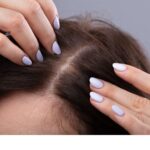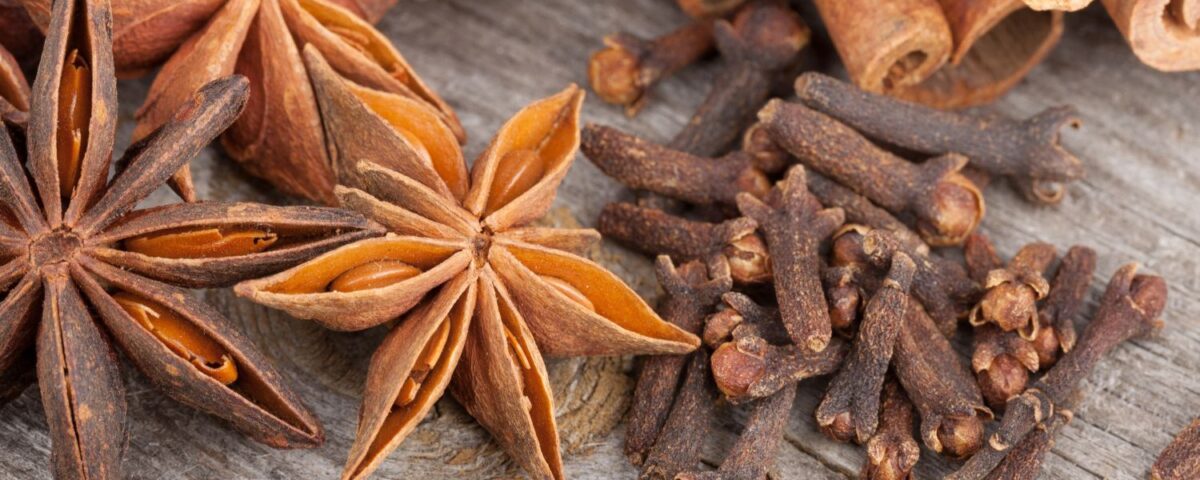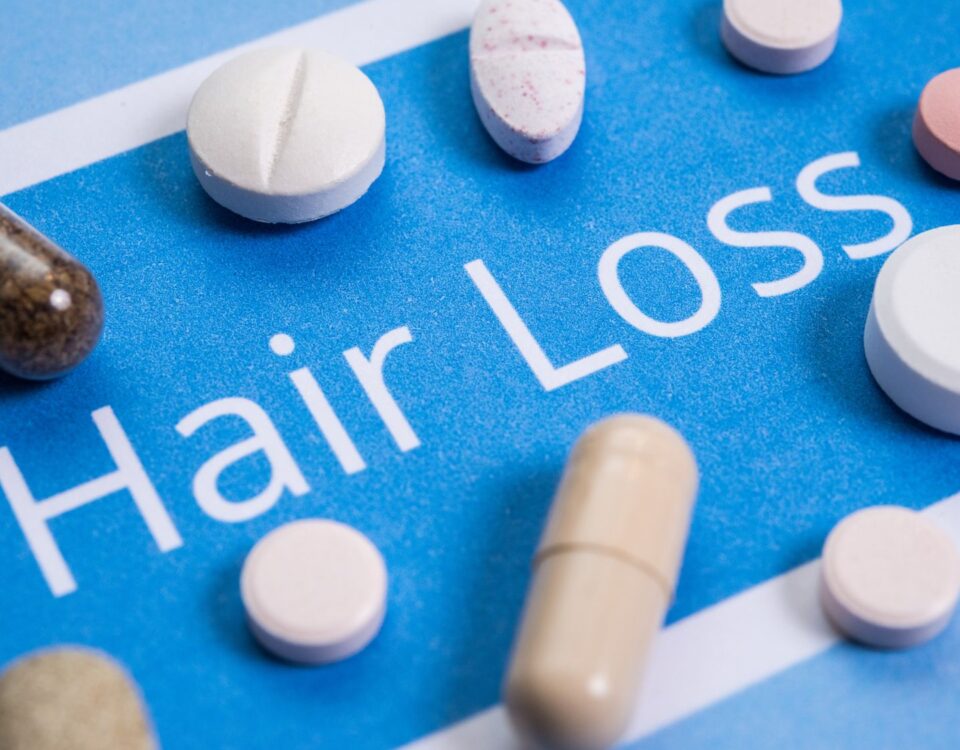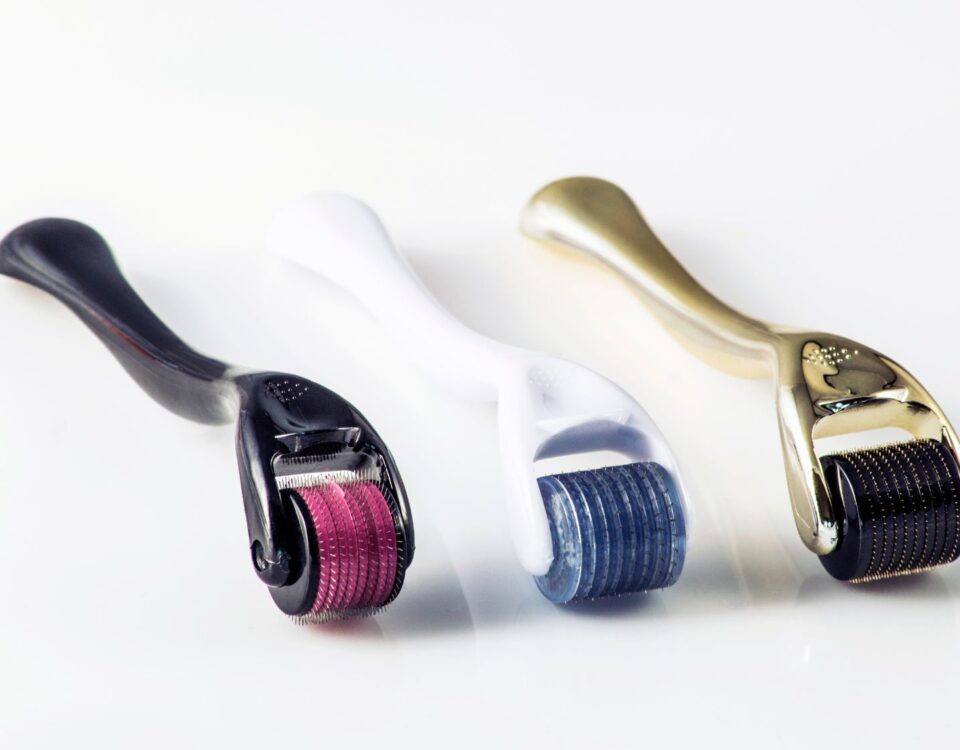
Exploring Foligain’s Trioxidil Products: A Balanced Review
March 20, 2024
Understanding PCOS Hair Loss: Insights and Solutions
April 15, 2024Recent findings have highlighted the potential of cinnamon, specifically cinnamic acid derived from Chinese cinnamon, to promote hair growth.
A ground-breaking study conducted by Yokohama National University has shed light on this promising natural remedy for combating hair loss.
Traditional Uses and New Discoveries
Traditionally known for its aromatic and culinary uses, cinnamon has now emerged as a potential solution for hair loss.
A recent report demonstrated that oxytocin promotes hair growth activity in human dermal papilla (DP) cells; however, its application in drugs or cosmetic products is challenging due to rapid degradation and the relatively large molecular weight, which prevent long-term topical administration on the scalp.
This study builds upon these findings by examining cinnamic acid, a smaller molecule found in cinnamon, which may offer a solution to this challenge.
Mechanism of Action
Researchers treated dermal papilla cells with varying concentrations of cinnamic acid and observed an increase in the expression of oxytocin and hair growth-related genes.
Treatment with cinnamic acid led to the upregulation of oxytocin receptor (OXTR) and trichogenic gene expression in human DP cells. Furthermore, inhibition of OXTR with an antagonist, L-371,257, suppressed hair growth-related gene expression in DP cells.
These findings suggest that cinnamic acid enhances the hair growth ability of DP cells via oxytocin signaling.
Experimental Evidence
Further experiments on human hair follicle organoids, miniaturized versions of hair follicles, confirmed the hair growth-promoting effects of cinnamic acid. Concentrations of cinnamic acid ranging from 50 to 500 µg/mL were tested, with significant hair sprouting observed at concentrations of 100 and 500 µg/mL.
These results indicate that cinnamic acid has the potential to stimulate hair growth at specific concentrations, comparable to the effects of oxytocin.
Additionally, testing the hair growth-promoting effects of cinnamic acid using hair follicle organoids in vitro revealed significant promotion of hair peg-like sprouting.
These promising results may be useful for developing hair growth-promoting products targeting oxytocin.
Expert Insight
Lead researcher Tatsuto Kageyama emphasizes the significance of cinnamic acid in hair growth products and its potential to revolutionize hair loss treatment.
However, further research is needed to confirm its efficacy and safety, particularly in human trials. Nonetheless, the discovery of cinnamic acid’s hair growth-promoting properties offers hope for individuals seeking natural remedies for hair loss.
Incorporating Cinnamic Acid into the Diet
In addition to its potential therapeutic benefits, cinnamic acid can be easily incorporated into one’s diet. Citrus fruits, grapes, cocoa, and vegetables such as spinach, celery, and broccoli are all rich sources of cinnamic acid. Including these foods in one’s diet may potentially support hair growth and overall hair health.
Conclusion
The discovery of cinnamon’s hair growth-promoting properties represents a significant advancement in the quest for effective hair loss treatments. While further research is needed to fully understand its mechanisms and effects, cinnamic acid offers a promising natural remedy for individuals struggling with hair loss.
With ongoing research and development, cinnamon may soon become a key ingredient in the fight against hair loss.
References
Kageyama, T., Seo, J., Yan, L. et al. Cinnamic acid promotes elongation of hair peg-like sprouting in hair follicle organoids via oxytocin receptor activation. Sci Rep 14, 4709 (2024).
https://doi.org/10.1038/s41598-024-55377-y




